Forensic Scientist of Note: Walther Parson
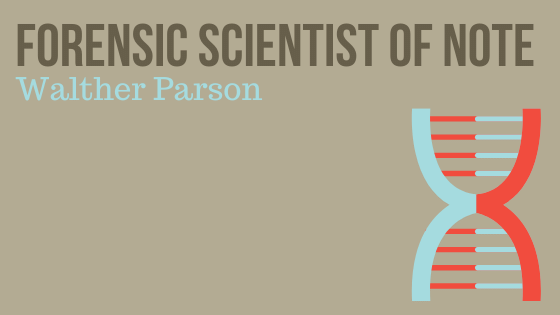
One of the most familiar names in forensic genomics is Dr. Walther Parson. An Associate Professor at the Institute of Legal Medicine at the Medical University of Innsbruck, his resume is long and is filled with many notable accomplishments. He supervised the establishment of the Austrian National DNA Database Laboratory in 1997, where he currently […]
Advancing Forensic Science in Latin America
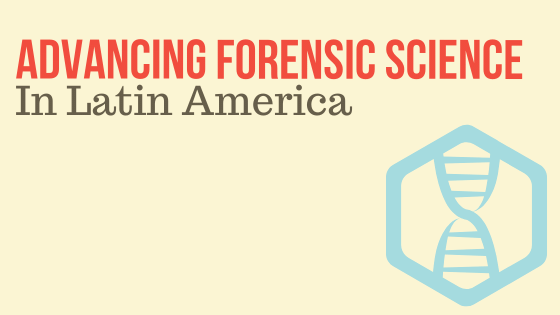
The Grupo Cientifico Latino-Americano de Trabajo Sobre Identificación Humana or Latin American Scientific group on Human Identification Work began at ISHI 21 in 2010. It was formed to allow opinion leaders and forensic scientists from Latin America to exchange information, challenges and knowledge in their own languages: Spanish and Portuguese. This meeting connects the Latin […]
The Foundling: Resolving a Case of Unknown Parentage Through the Use of Genetic Genealogy
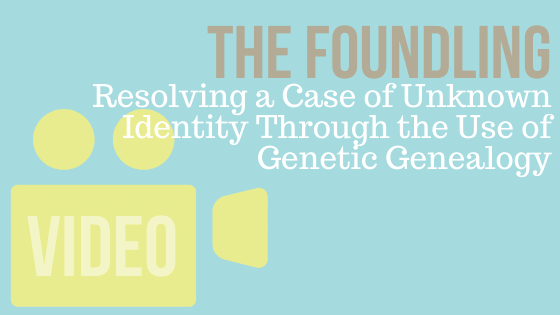
On April 27, 1964, a nurse came into the hospital room of Dora Fronczak, who had just given birth to her young son, Paul. She took the baby and left, saying it was time to take the baby to the nursery. In reality, the nurse had stolen the baby. Authorities were never able to find […]
Writing the Books on Forensic DNA: Dr. John Butler

Dr. John Butler has both taught and inspired many in the field of forensic DNA. In this interview, Mirna Ghemrawi, PhD student at Florida International University and former ISHI student ambassador, helps us to get to know John a little better. She asks him about what led him to become an author, what advice he […]
The Future of Forensic Science: An Interview with Athina Vidaki
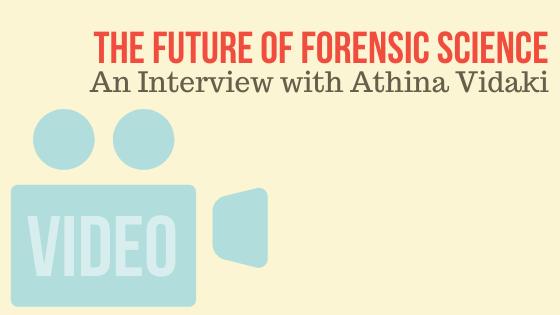
Athina Vidaki, a Postdoctoral Researcher at the Erasmus Medical Center in the Netherlands discusses the newest technologies and techniques in forensic science. From sequencing an entire genome from just a few cells, to predicting age and appearance from blood or saliva samples, the future of forensic casework is developing rapidly. […]
Beyond Genetic Genealogy: Building Family Trees to Investigate Crime
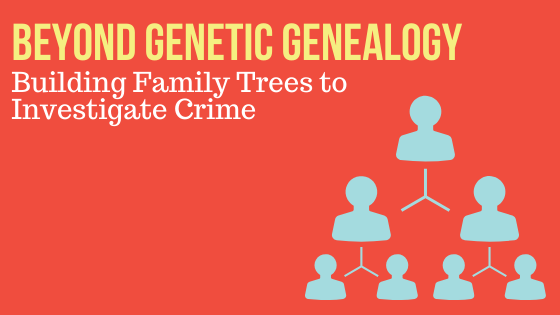
“Class! Class!” Diahan Southard raises her voice and claps twice, cutting through the buzz of conversation that fills the room. Dutifully, her class responds. “Yes! Yes!” It’s a technique that Southard has learned from her experience with raising three children and over 20 years of teaching. Her audience is broken up into small […]
Under the Microscope – Nicole Novroski

De-convolution of complex mixtures can be challenging. Various improvements in polymerase chain reaction coupled with capillary electrophoresis (PCR-CE) and massively parallel sequencing (MPS) chemistries coupled with downstream statistical analyses have been developed and implemented to better resolve two or more person DNA mixtures. However, current genotyping outputs describe STR variation solely based on allele size […]
Under the Microscope – Brittney Chilton

In her presentation at ISHI, Brittney Chilton (Criminalist II at the Washoe County Sheriff’s Office Forensic Science Division) will share the story of Washoe County employee, Chris Long. In 2014, Chris was diagnosed with AML/MDS Leukemia. He underwent a stem cell/bone marrow transplant and volunteered to participate in a case study led by the Washoe […]
Under the Microscope – Regina Wells

Laboratories across the country are dealing with backlogs of sexual assault kits waiting to be tested. Laws in many states have changed requiring all kits to be tested, increasing the caseload for laboratories as well as the turnaround time in which results are obtained. The ANDE 6C Rapid DNA System can analyze an evidence sample […]

